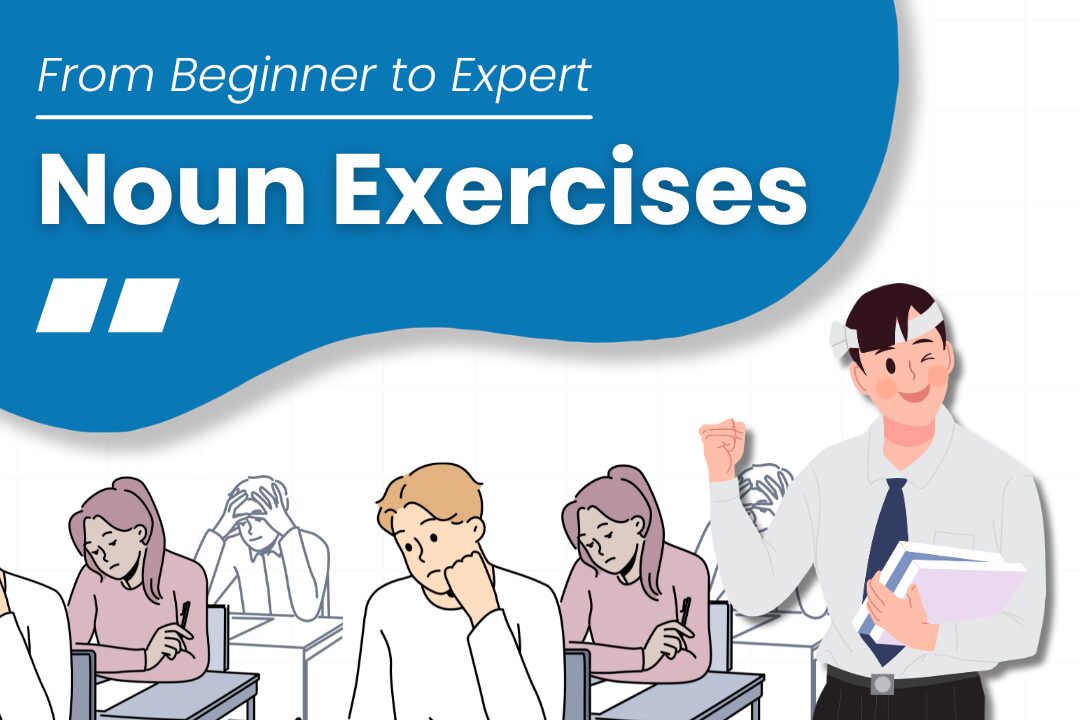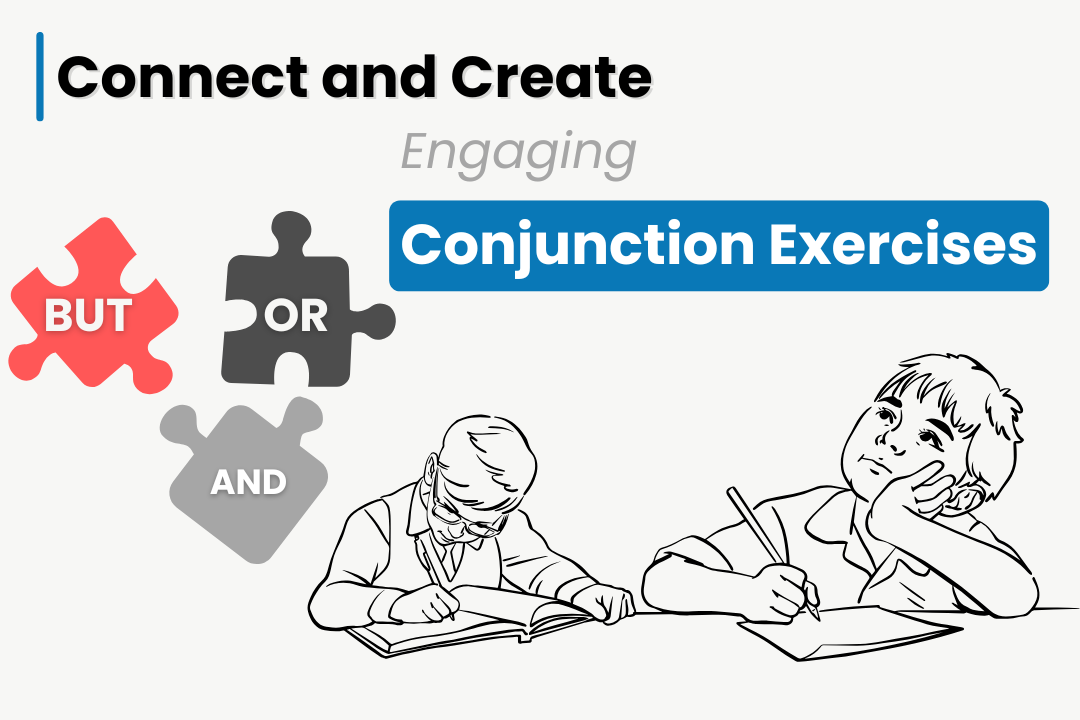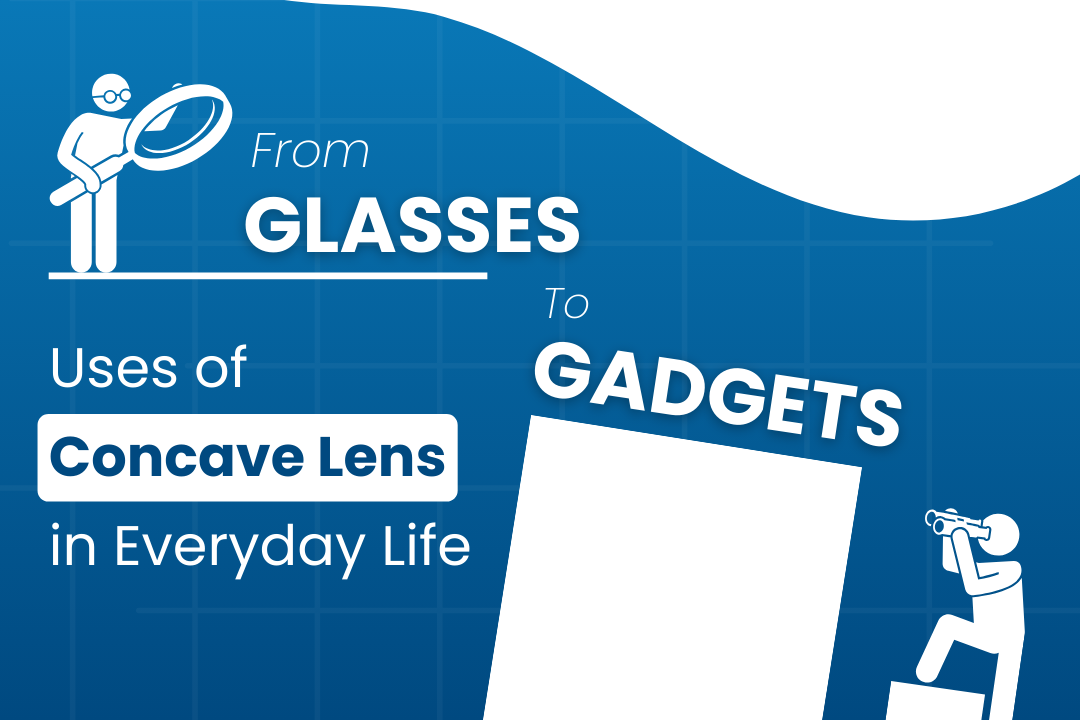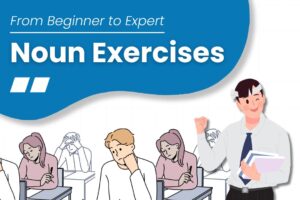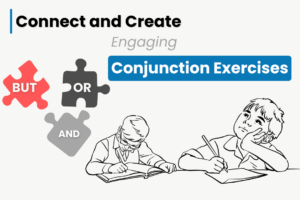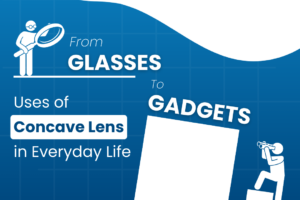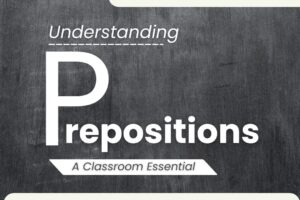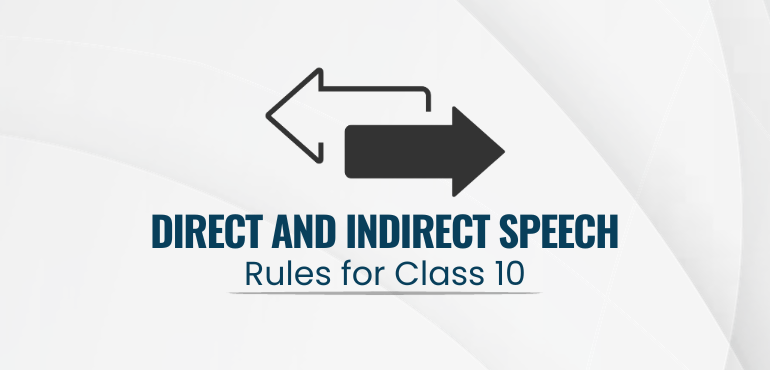
There are times when you need to recall a recent incident or action. Then you need to tell in that particular scenario what someone has said. To state this perfectly, Direct and Indirect speech is very useful.
In this blog, we are going to state before you the definition of Direct and Indirect speech, the Direct and Indirect speech rules chart, Direct and Indirect speech examples, and other important matters.
What is Direct and Indirect speech?
In English grammar, ‘Narration’ is an important part. It is divided into 2 sections; Direct speech and Indirect speech.
- Direct speech
When you use someone’s exact speech for reporting purposes, it comes under Direct speech. Direct speech simply duplicates or excerpts the exact speech spoken. Direct speech always needed to be put under quotation. It is the actual speech spoken by someone to a person.
Example: Nikhil says, “I am a software developer.”
Here, in the present tense, Nikhil is saying that he is a software developer.
- Indirect speech
Indirect speech is also known as Reported speech. It is used to convey what was said by someone at a point of time. Usually, Past tense is associated with Indirect speech. It is usually a third-person view of what someone said.
Example: Nikhil says that he is a software developer.
In indirect speech, in the present tense, it is the answer.
Rules for converting Direct speech to Indirect speech
While you are converting Direct speech to Indirect speech, you need to follow a few simple rules.
- In Direct speech, the conversation will be written under inverted commas. In the indirect speech, the inverted commas won’t be there.
- Before the indirect statement starts, you need to put the conjunction ‘that’ before the statement.
- In Direct speech, First Person Singular and Plural or Second Person Singular and Plural are in use; in Indirect speech, Third Person Singular and Plural will be in use.
Here, you can look at the table to understand it well.
| Direct Speech | Number | Indirect Speech |
|---|---|---|
| I, You | Singular | He, She |
| My, Your | Singular | His, Her |
| We, You | Plural | They |
| Our, Your | Plural | Their |
- The tense of the verb in the reported speech will not change if the reporting verb is in the Present or Future tense.
Direct speech: Praveen says, “I am playing cricket.”
Indirect speech: Praveen says that he is playing cricket.
Here you can notice the tense of the verb in both Direct and Indirect speech is in the present tense.
- The tense of the verb in the reported speech will change if the reporting verb is in the past tense.
Direct speech: Sireesha said, “I am eating dinner.”
Indirect speech: Sireesha said that she was eating dinner.
One point to notice here is that as the Reporting verb is in past tense, the verb in the Reported speech will be changed into past tense.
| Present Tense | Past Tense |
|---|---|
| Is/Am/Are | Was/Were |
| Has | Had |
| Has been | Had been |
| Can | Could |
| May | Might |
| Shall | Should |
| Will | Would |
Here one important point is that English Tenses are an important part related to ‘Narration change’; you can revise the chapter well along with Direct speech and Indirect speech.
Rules for converting Indirect speech to Direct speech
Usually, when you are converting Indirect speech to Direct speech, you are simply reversing the rules that you have learned while changing from Direct to Indirect speech.
- You need to know the proper use of punctuation marks when you are converting Indirect speech to Direct speech.
For example:
Indirect speech: Sravan said that he was watching TV.
Direct speech: Sravan said, “I am watching TV.”
Here the noticeable point is in Direct speech a ‘comma’ has been included after ‘said’ and an inverted comma has been used for the quoted speech, “I am watching TV.”
- We use conjunctions, ie. ‘that, if, whether’ in the Indirect speech which is a part of Figures of Speech.
For example:
Indirect speech: Bhavya asked if I was fine after the thunderstorm.
Direct speech: Bhavya said, “Are you fine after the thunderstorm?”
In this example, you can notice the conjunction ‘if’ is used in the Indirect speech but it has been omitted from the Direct speech.
- While changing from Indirect speech to Direct speech, the tense of the reported clause changes. It is redirected to the tense in which the original speaker has spoken.
For example:
Indirect speech: Ramya said that she was watching the cricket match.
Direct speech: Ramya said, “I am watching the cricket match.”
You can notice the change occurred in the tense of the reported clause. It is again changed into the present tense.
- While a sentence is in Indirect speech it always ends with a full stop. While you are converting it into Direct speech, the sentence does not need to always end with a full stop. It can end with a Question mark or an Exclamation mark.
For example:
Indirect speech: Madhavi asked Shravani what she was doing.
Direct speech: Madhavi asked Shravani, “What are you doing?”
Here you can notice the full stop in the Indirect speech has been changed to a question mark in the Direct speech.
These are the 4 rules usually associated with changing Indirect speech to Direct speech. Practicing Direct and Indirect Speech Exercises with question-and-answer sets will strengthen your grasp on narration change.
Chart of Direct and Indirect Speech Rules
If a sentence is inside a quote in Direct speech and it is in Present tense, the sentence is going to change in the past tense when it will change into Indirect speech.
| Direct Speech | Indirect Speech |
|---|---|
| Present Simple Tense – Do/Does | Past Simple Tense – Did |
| Present Continuous Tense – Is/Am/Are | Past Continuous Tense – Was/Were |
| Present Perfect Tense – Have/Has | Past Perfect Tense – Had |
| Present Perfect Continuous Tense – Have been/Has been | Past Perfect Continuous Tense – Had been |
| Past Simple Tense – Did | Past Perfect Tense – Had + Past Participle Form of the Verb |
| Past Perfect Tense – Have/Had + Past Participle Form of the Verb | Past Perfect Tense – Had + Past Participle Form of the Verb |
| Past Perfect Continuous Tense – Have been/ Had been + Verbs ending with ‘Ing’ form | Past Perfect Continuous Tense – Had been + Verbs ending with ‘Ing’ form |
| Future Simple Tense – Will + Base Verb | Would + Base Verb |
| Future Continuous Tense – Will be + Verbs ending with ‘Ing’ form | Would be + Verbs ending with ‘Ing’ form |
| Future Perfect Tense – Will have + Past Participle Form of the Verb | Would have + Past Participle Form of the Verb |
| Future Perfect Continuous Tense – Will have been + Verbs ending with ‘Ing’ form | Would have been + Verbs ending with ‘Ing’ form |
Along with tense, when you are changing Direct speech to Indirect speech, the word related to time is also going to change.
| Direct Speech | Indirect Speech |
|---|---|
| Today | That day |
| Tomorrow | Next day |
| Now | Then |
| Yesterday | Previous day |
| Here | There |
| Yesterday Morning/Night | Previous Morning/Night |
| Tomorrow Morning/Night | Following Morning/Night |
Examples of Direct and Indirect speech
Till now, we have discussed the rules of changing Direct speech to Indirect speech. Now, we can have a look at the examples:
| Direct Speech | Indirect Speech |
|---|---|
| Sharath says, “I am going to the store.” | Sharath says that he is going to the store. |
| She says, “I am cooking lunch right now.” | She says that she is cooking lunch right then. |
| Vijay said, “I have visited Venice several times.” | Vijay said that he had visited Venice several times |
| Vipul said, “I have been working on this project for the past year.” | Vipul said that he had been working on that project for the past year. |
| Arushi said, “I worked as an intern last summer.” | Arushi said that she had worked as an intern the previous summer. |
| Sushant said, “He had already finished his work before the meeting started.” | Sushant said that he had already finished his work before the meeting started. |
| Ankita said, “I had been practicing for hours before the match started.” | Ankita said that she had been practicing for hours before the match started. |
| Seema said, “I will visit my parents next week.” | Seema said that she would visit her parents the following week. |
| Mayank said, “Tomorrow at this time, I will be playing chess with my friend.” | Mayank said that the next day at that time, he would be playing chess with his friend. |
| The scientist said, “By next year, I will have finished writing my autobiography.” | The scientist said that by the following year, he would have finished writing his autobiography. |
| Priyanka said, “By this time next year, I will have been working at the MNC for three years.” | Priyanka said that by that time the following year, she would have been working at the MNC for three years. |
How to Use Reporting Verbs in Direct and Indirect Speech
Reporting verbs are those verbs that serve to report what someone else has said. In Direct speech and Indirect speech, the verb that is used to convey the speech of the speaker is known as the Reporting verb.
‘Say’, ‘Tell’, and ‘Ask’ are the three commonly used Reporting verbs.
Example:
Say
Direct speech: Rajaram says to Ranjit, “I cherish a peaceful world.”
Indirect Speech: Rajaram tells Ranjit that he cherishes a peaceful world.
Tell
Direct speech: My mother tells me, “Always be honest.”
Indirect Speech: My mother advises me to always be honest.
Ask
Direct speech: Stephen asked Maria, “Is the baby alright?”
Indirect Speech: Stephen asked Maria if the baby was alright.
This is the use of three primary Reporting verbs in Direct and Indirect speech.
Conclusion
It is expected from tenth standard students that they would improve their communication skills. To improve communication skills, both Direct and Indirect speech play an important role.
It can improve their writing skills, it can enhance their critical thinking skills. It is beneficial for students if they learn Direct and Indirect speeches.

